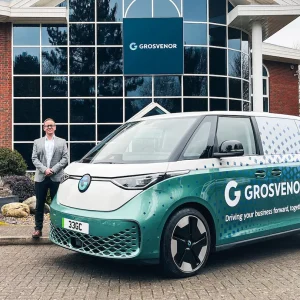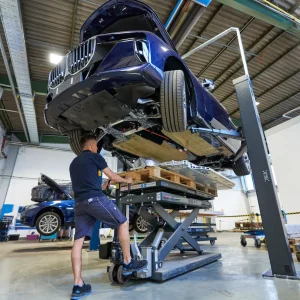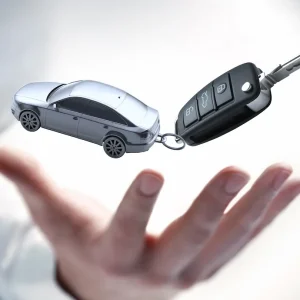Despite having been around for some time now, hydrogen is still relatively unknown by many as a fuel choice in the UK.
owever, sales of new electrolysers from ITM Power have doubled over the past year and a new partnership with Shell will bring hydrogen next to petrol pumps on forecourts by the end of 2017.
The partnership between ITM Power and Shell was announced in September 2015, and the first site to include a hydrogen refuelling station was at Cobham, which opened in February this year.
Two more stations are set to open by the end of 2017, one in Beaconsfield and the other at Gatwick Airport. The Cobham station was the first time that hydrogen was available on a forecourt in the UK and the Beaconsfield site, due to open shortly, will be the first time that a hydrogen dispenser will be under the canopy next to other refuelling pumps.
Simon Bourne, chief technology officer at ITM Power, told BusinessCar, “One of the transformational things has been the partnership with Shell, and there’s been a lot of work done to deal with the compliance issues of putting hydrogen on the forecourt to make it look and feel as similar to normal fuels as possible.
“Today, the hydrogen we are making through electrolysis at Cobham is the lowest-cost hydrogen you can buy for fuel. These assets are pretty underused at the moment; you can easily get cost-comparative with diesel today and we would expect that to get better as uptake continues.”
The cost of hydrogen is a key stumbling block for many at the moment. However, ITM Power aims to help reduce the cost of its fuel by getting money back from the National Grid through grid balancing.
A recent report from Green Alliance claimed that even if just a few people charge their car on one street, it would cause electricity imbalances and ‘brownouts’, which, in turn, could damage powerlines, with reinforcement costs reaching as high as £36 billion by 2050 if the uptake of EVs continue.
The UK Government is currently investing £1 billion in grid balancing to help support the network as demand for EVs increases.
In the middle of the night, there’s excess power that gets wasted because few are using it. An electrolyser can automatically switch on at these times to grab the excess power and convert it into hydrogen that is then stored and ready to dispense at the fuelling station throughout the day when someone wants it, rather than being on during peak periods.
The firm will also be deploying its first bus refuelling station in Birmingham, in partnership with the local Council and National Express. The electrolyser installed at this site will be able to consume 3MW of energy and so, according to Bourne, will be even more interesting to National Grid and should prove much more lucrative.
“To help with frequency, you need to be a certain size of plant to be meaningful to the grid. At 3MW, you can contract directly and achieve good payments for being available to help with that,” Bourne said. “Part of this project isn’t just about building the infrastructure for the buses but also proving the commercial case for grid balancing activities that happen in the background, which are key to the overall commercial case to be able to use hydrogen fuel.”
As well as the partnership with Shell, ITM Power has three of its own sites, currently set in technology parks or research laboratories, that owners can access with an ITM Power fuel card; this number will grow to 11 sites – including the three Shell sites – by the end of 2018.
“Infrastructure takes time. I think the message from the bigger car companies is clear – they believe that hydrogen is the way forward and the various schemes from OLEV aim to incentivise drivers to consider hydrogen. Our role in all of this is to demonstrate that there is a clean and sustainable way of generating hydrogen,” Bourne concluded.





